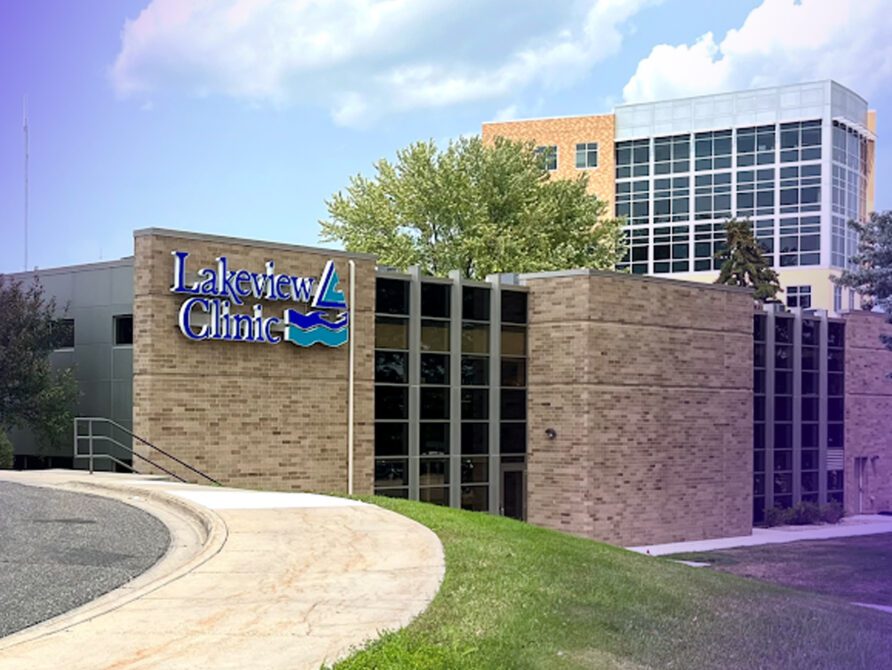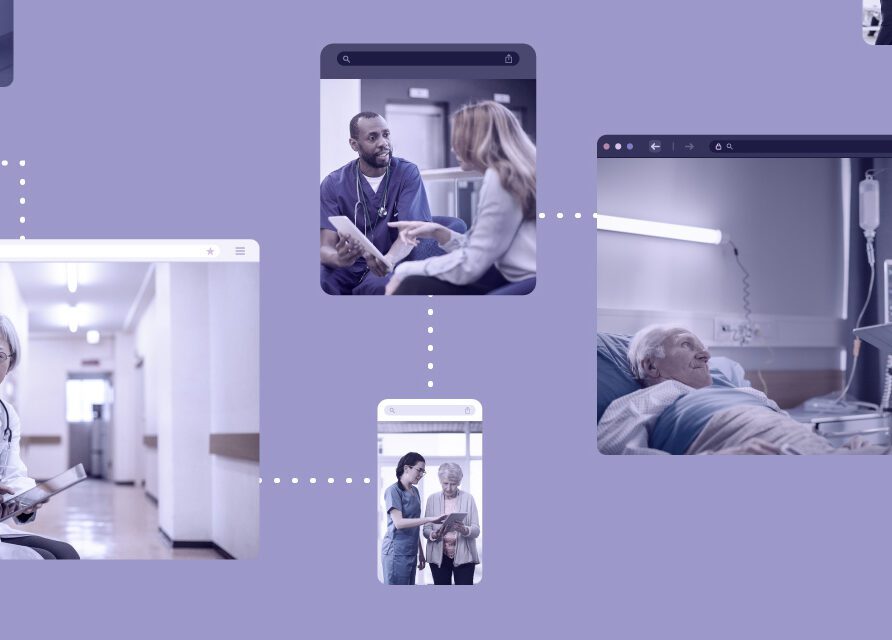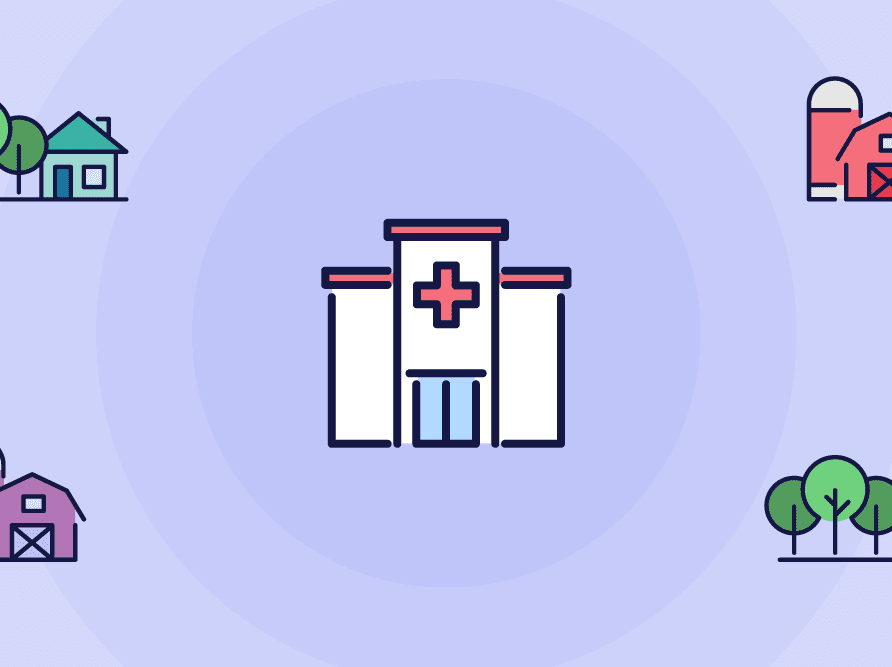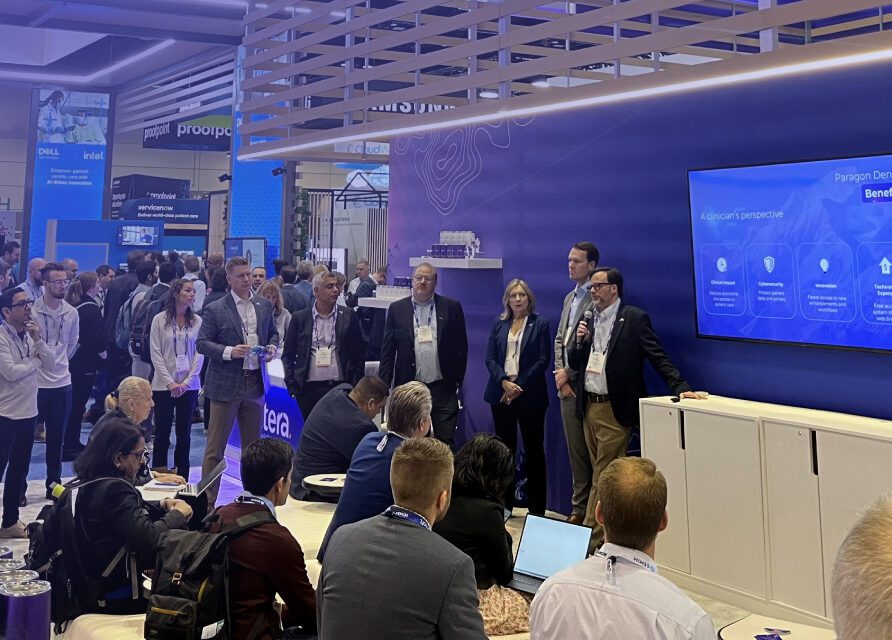Article
Cumbersome technology has to go: Three observations
At this point, to keep up with technology evolution, we believe digital must be personal. And it’s frustrating when devices don’t seem to work for us. Moreso, when technology gets in our way—when it’s cumbersome—it adds a new level of dissatisfaction to the experience. Digital solutions need to be designed to help the people using them focus on what they need to accomplish.
Unfortunately, in the healthcare realm, cumbersome technology is a widespread problem. As an expert in Human-Centered Design, I want to outline three technology challenges my team and I often encounter as we assess healthcare solutions—our own and others’. I hope these observations spur your interest in how you can ensure these challenges can be met and overcome.
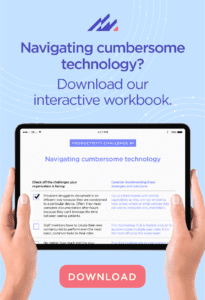 Mobility: Clinicians are on-the-go and never looking back
Mobility: Clinicians are on-the-go and never looking back
It’s not a new concept: Hospitals of all shapes and sizes are fast-paced and “on-the-go.” To keep up and remain efficient, mobile solutions are a must. Mobile solutions need to travel alongside a clinician’s journey, portable and discreet, while avoiding becoming unwieldy. As we look at mobility from a Human-Centered Design perspective, the industry often focuses on how to improve existing, singular solutions (for example, desktop-only), which leads to the opposite intended effect—to update the industry itself. As we develop solutions going forward, mobility needs to be a key influence, because if it isn’t helping simplify the workflows in clinicians and staff members’ days, then we are taking two steps back for every step forward.
Flexibility: Solutions need to be human-first, people focused
Solutions can be expertly crafted, but when they can only be used for one stage in a patient’s journey, it reduces the value of the solution overall. We know all too well that healthcare IT is not a one-size-fits-all endeavor. Designing products that support workflows for different roles provide long-term value. If one product can be used several times throughout the patient journey, that elevates the value and supports a smoother path forward for the patient. Accessible solutions drive more achievable results, so a lack of flexible solutions means staff is working harder for outcomes that should be just a click away.
Simplicity: Intuitive technology needs to be the constant aim
An easy-to-use device surpasses the long learning curve of adjusting to new workflows and solution designs. Staff training becomes easier and the intuitiveness of the program itself reduces the cognitive burden of navigating a complicated solution. Many solutions we’ve seen over the last decade seem to drive toward a “bells-and-whistles” approach, which can come across as positive until the user needs something simple and cannot find it. Simplicity, in solutions and other technologies, provides intuitive use through diligent and careful design.
Health IT needs to work for the user, not against
Mobility, flexibility and simplicity: the three chief attributes that are often overlooked. To truly address cumbersome technology in the healthcare industry, your organization needs to plan and focus on the issues causing cognitive burden and slow workflows—ultimately leading to poorer health results for patients and clinicians. At Altera, we believe in the power of taking small steps to achieve more, every day. In this vein, I’m excited to point you toward a workbook, Pursuing peak productivity: A workbook for healthcare organizations, our experts created that will enable healthcare leaders to not only plan for an attack against cumbersome technologies but address many other productivity challenges as well. Learn more and download the workbook here.



